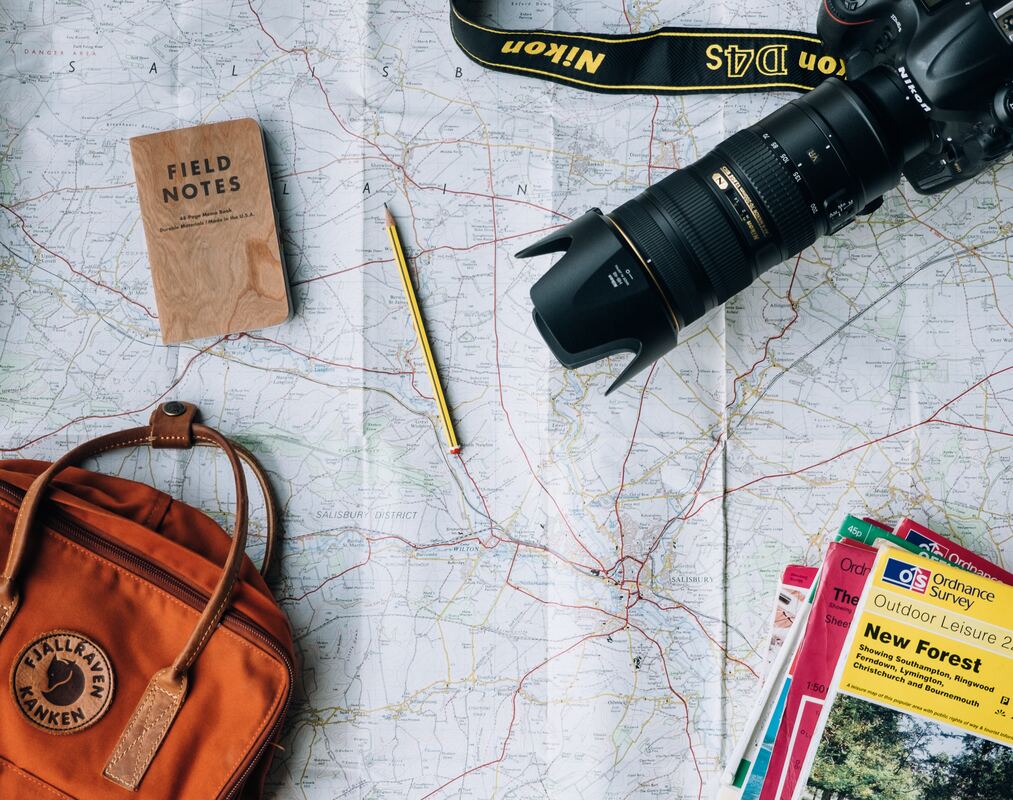Background Research for Your Mystery

Research Before You Write The Story
Base your research requirements on your story premise.
Gather Broad-base Details
Feet On the Ground
What You Need
It doesn’t take much to explore your story’s location. You’ll need:
- An open mind to find settings
- A camera to record your discoveries. Most mobile devices have a camera capable of capturing what you need without the expense or weight of a camera.
- A notebook to record impressions, sounds, smells, and other sensory details, plus any scene ideas prompted by the location.
You will discover details that no amount of online searching will offer.
- what your character(s) know and don’t know
- route shortcuts that may offer surprises for your action
- interior details of buildings, rooms, grand halls, and back kitchens
Word of mouth can give you new resources and introduce you to specialists. As you meet people and tell them why you are visiting, you’ll be surprised at how people help you with your background research.
- They’ll refer you to others. You should talk to my neighbor. He was here in the 50s, has a passion for hand weapons, grows herbs, knows all the bars. They will offer details you would never have considered on your own
- They’ll do research for you, offering magazine articles or websites that address specifics of your story
- You’ll taste authentic food different from the food in your home
- Find surprises from being there
Online Resources
Google Scholar gives you access to articles, book excerpts, and abstracts that won’t display in regular search results.
If you can’t get your feet on the ground, Google Earth displays very detailed images of cities and towns. Plug in a zip code or city, to search a certain area.
Need a mansion for a rich villain or a humble condo for your sleuth? Try Redfin. Images of exterior and interiors are yours for the asking. Be sure to save your images to your Research folder. These properties sell.
Books and Print Materials
- What’s What, by David Fisher and Reginald Bragoneir
, Jr. This is a visual encyclopedia of almost everything you can imagine: refrigerators, steamships, handguns, saddles, woodstoves, stagecoaches, cameras, everything. It gives you a drawing of the item and identifies all its pieces and parts. (An alternative: The Ultimate Visual Dictionary, by DK Publishing.) - The Crime Writer’s Reference Guide, by Martin Roth. A great writer’s resource.
- Crime Fiction and the Law. A collection of articles by various experts.
- Making Crime Pay: The Writer’s Guide to Criminal Procedure by Andrea Campbell.
- Forensics and Fiction by D. P. Lyle.
- Forensics for Dummies also by Lyle.
- FBI Handbook of Crime Scene Forensics compiled by the U.S. Department of Justice.
- Practical Homicide Investigation: Tactics, Procedures and Forensic Techniques by Vernon J. Geberth.
- Writer’s Detective Handbook: Criminal Investigation for Authors and Screenwriters by B. Adam Richardson
As you search for just the right answers you may collect details from many sources: travel brochures, firearm manuals, used bookstores, government websites, maps, documentaries, medical journals, guidebooks, news broadcasts, trade magazines, public trials, almanacs, memoirs, regional histories, and other discoveries you find.
Guidelines for Research
Beginning writers can feel that they don’t know enough. You can get trapped in an endless search for more information. Gather basic information and then start writing.
Because you won’t use 80% of the research you’ve done, the best approach is to begin your story.
Let the Story Guide the Research
As you write, you’ll discover needs you had not imagined. So, instead of attempting to get everything you need, collect general background. The story will tell you the specific details you need.
Zara Altair
Photo by Annie Spratt on Unsplash

